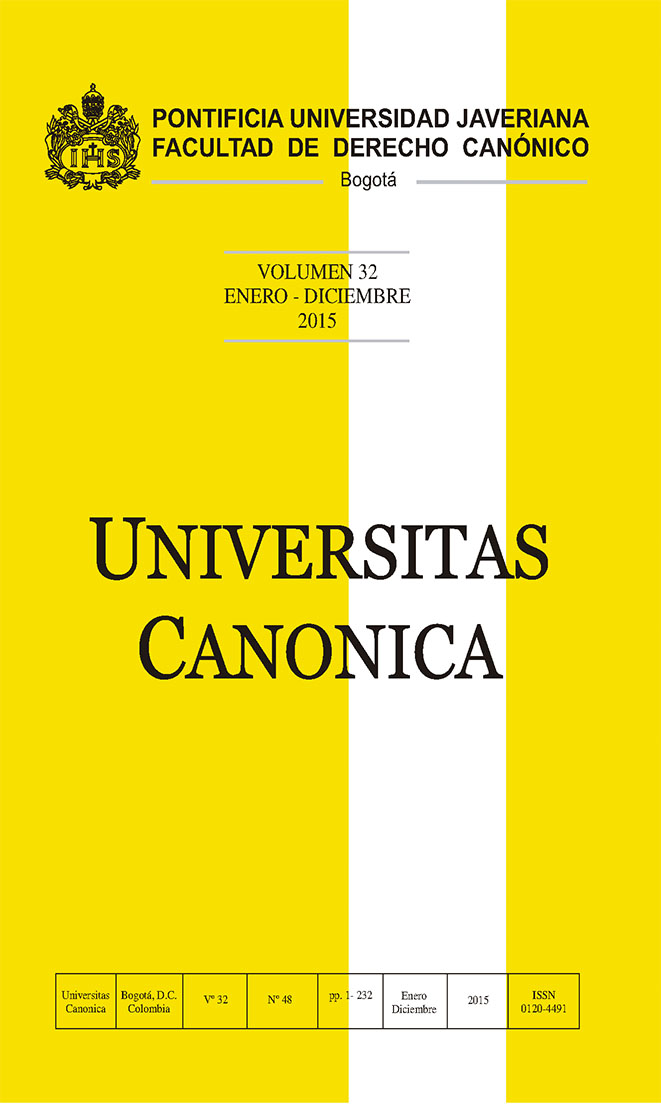La natura del bonum fidei nella giurisprudenza rotale
##plugins.themes.bootstrap3.article.details##
During the years the Roman Rota Law has elaborated two concepts in
relation to unity as a feature of marriage. Traditional Rota Law confirms
the equalization between the unity of the marriage bond and the bonum fidei, whlist for more recent Rota Law it is not possible to deal with these two components as if they were one, but considers them as two different realities. A milestone in this sense was the Rota sentence coram De Jorio of 30 October 1963, which was the first sentence with which the reason for invalidity was the exclusion of the bonum fidei seu fidelitas. The surrender of the traditional concept i.e. the equalization between unity of marriage and the bonum fidei confirms not only the distinction between poligamy and the transfer of the ius in corpus to a third person, but it also specifies that whereas at the moment of the consent the exclusive right to the ius in corpus is denied, the obligation to marriage loyalty is also denied. Therefore, the framework involving the bonum fidei seu unitas has been abandoned and substituted with the term bonum fidei seu fidelitas.
simulazione, unità, fedeltà, adulterio, giurisprudenza


